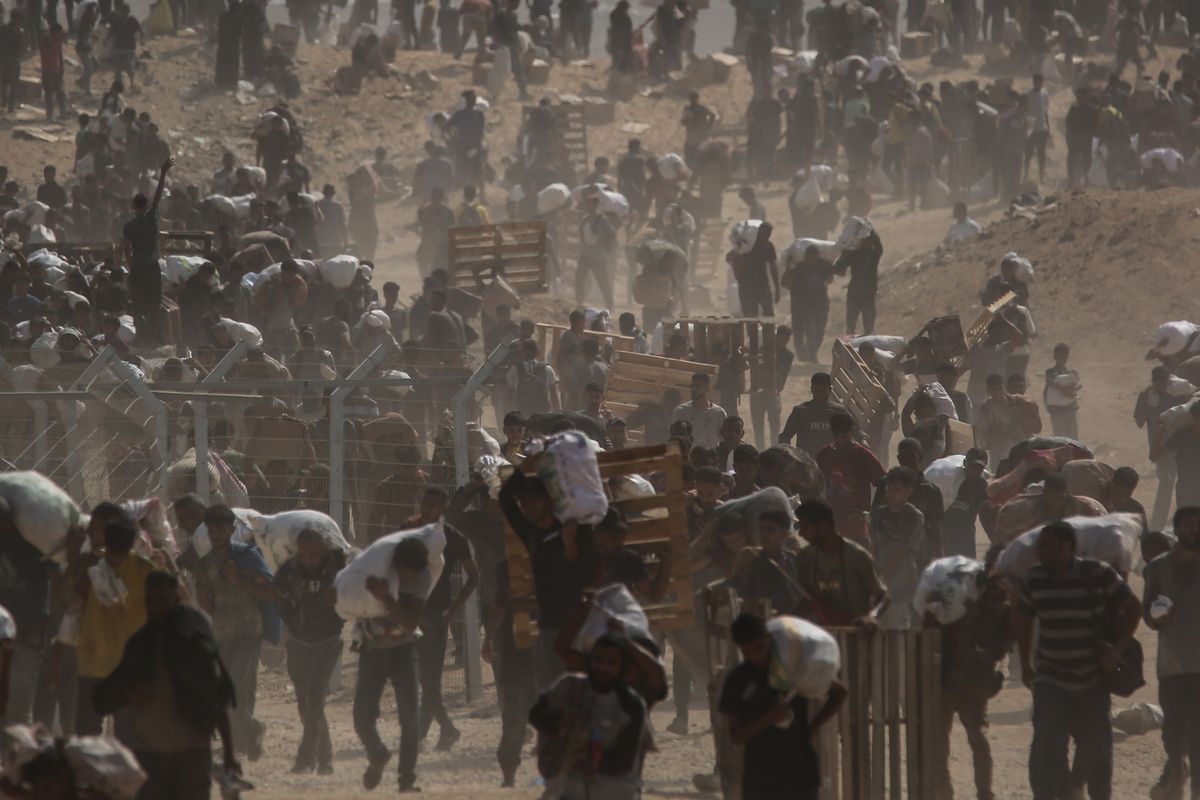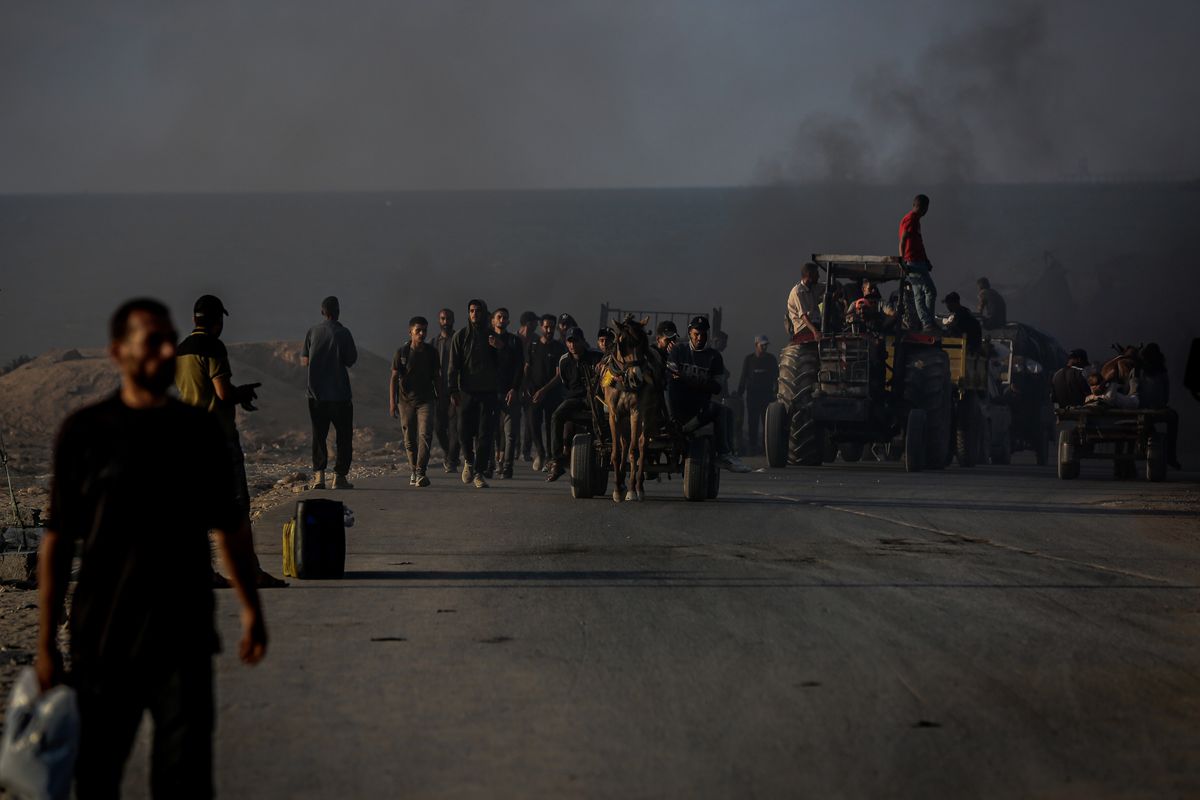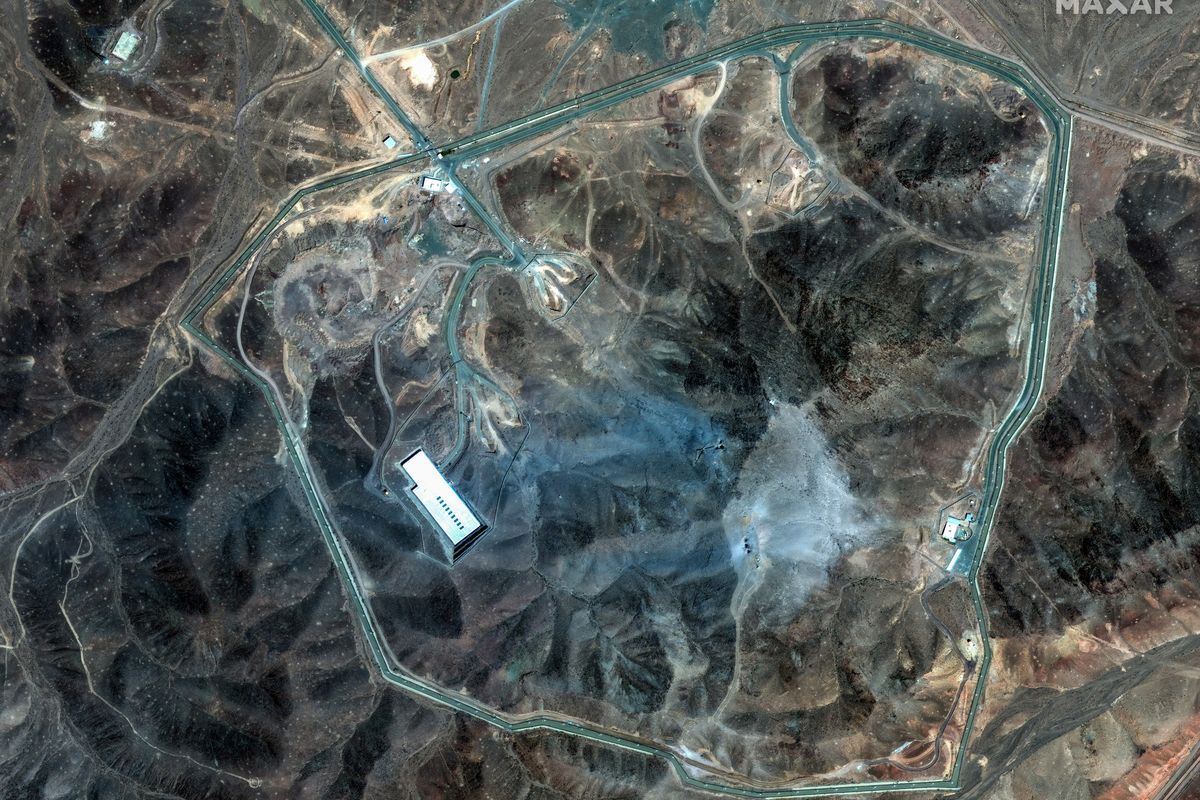Many U.S. policymakers have concluded that the Iranian government is an implacable enemy of the U.S. and that regime change is the only way to ultimately resolve our governments' hostility. However, developing a strategy that balances deterrence with constructive diplomacy could lead to a new, more effective path forward in U.S.-Iranian relations.
Officially, Iran’s Supreme Leader Ayatollah Ali Khamenei has precluded negotiations with the U.S. on regional issues, arguing that the U.S. has inhibited foreign investment in Iran's economy by wavering on its commitment to the nuclear agreement, and therefore cannot be trusted. Khamenei seems not to appreciate how his rhetoric and policies — particularly his unconditional support for Syrian dictator Bashar al-Assad and continued threats against Israel — have influenced U.S. electoral politics and the resulting consequences to investor confidence.
However, based on his mercurial track record, it is important not to assume that Khamenei will remain completely closed to negotiations on regional issues. Khamenei compromised during the 11th hour on his nuclear agreement red lines, indicating that behind his fiery rhetoric, he is a skillful and pragmatic negotiator capable of being convinced to moderate his positions.
As the nuclear and ongoing Syria negotiations have also demonstrated, it will take the right combination of incentives and coercive measures to get Khamenei to compromise. Generating coercive leverage to convince Khamenei to take U.S. diplomatic overtures seriously is complicated by the fact that the U.S. cannot re-impose sanctions it withdrew under the terms of the nuclear agreement without breaching it. Less provocative but nevertheless substantive coercive measures will therefore have to be devised.
Even if he continues to scorn negotiations with the U.S. on regional issues, the 77-year-old Khamenei may soon follow his late revolutionary companion Akbar Hashemi Rafsanjani, who passed away in January at 82. This could open new diplomatic opportunities however improbable they appear at present. The U.S. should plant the diplomatic seeds for this now, maximizing the 10-year window of opportunity the Iran nuclear agreement provides to pursue a more transformational evolution in relations.
First, a reenergized effort to engage with Iran should begin with an honest, comprehensive review of the history of relations between our two countries that includes a sober accounting of U.S. misdeeds against Iran that goes beyond past public acknowledgements by U.S. government officials. Iranian leaders also cannot deny that they have descended to the same moral depths they deplore the U.S. for, as demonstrated by their unconditional defense of Assad and providing diplomatic cover for his continued use of chemical weapons.
Second, American policymakers should consider that unilaterally re-imposing sanctions on Iran’s oil exports or undermining the nuclear agreement through more subtle efforts would most likely provoke Iran to resume its nuclear enrichment activities. Iranian President Hassan Rouhani has already threatened the development of nuclear submarines in response to asserted U.S. violations of the nuclear agreement, although there are no reports to date that he has followed through on this. Iran previously demonstrated to the Bush and Obama Administrations that it would not concede its declared right to nuclear enrichment despite the imposition of unprecedented nuclear sanctions. Only a combination of coercive diplomacy – backed ultimately by the credible threat of military force – and substantive incentives for compromising on the nuclear agreement convinced Iran to do so.
Third, attempting to force a renegotiation of the Iran nuclear agreement, particularly Iran’s right to enrichment, is unlikely to succeed. Considering several key factors, such as the current state of U.S.-Iran relations, the EU’s declared resolve to maintain the nuclear agreement, and Washington’s diplomatic friction with China and Russia in particular, proceeding with such an attempt would likely not lead to comprehensive re-imposition of the international pressure that brought Iran to the negotiating table in the first place.
Lastly, the U.S. and Iran could look for new ways to advance cooperation in areas such as the development of renewable energy and water desalination technology to combat climate change and its effects. The Trump Administration should review its congressional sanctions waiver authority to pursue this and emphasize to Congress the potential value of such a constructive diplomatic gesture. Such efforts could challenge Khamenei's narrative that the U.S. is intent on categorically inhibiting Iran's technological advancement and might also facilitate calmer discussions on pressing regional issues, perhaps even on critical provisions of the Iran nuclear agreement set to expire in 10 to 15 years. German, Italian, and Spanish companies and governments are already pursuing such opportunities, and congressional waivers for renewable energy joint ventures would send a strong positive signal to Iran as well as provide opportunities for American businesses in this potentially lucrative, tentatively emerging market.
The mark of great leaders is their ability to harness historical inertia toward conflict and channel it toward a more constructive future built on pragmatism and compromise. For two bitter enemies that have inflicted terrible harms and humiliations on each other over many decades, achieving a true transformation in relations will require leaders on both sides to engage in greater introspection and openness to positive-sum solutions. American and Iranian leaders owe it to those who will be risking their lives on their behalf, as well as the countless innocent civilians who inevitably end up victims of military conflict, to demonstrate greater political courage in pursuit of peace.











